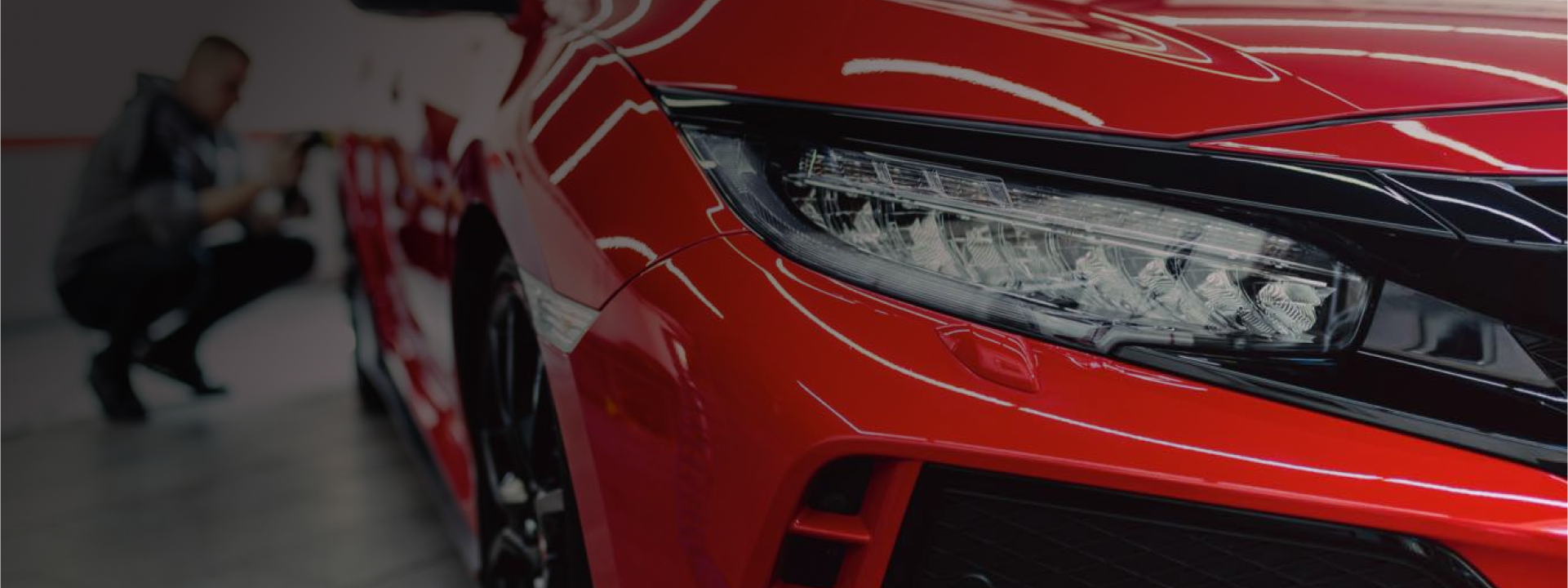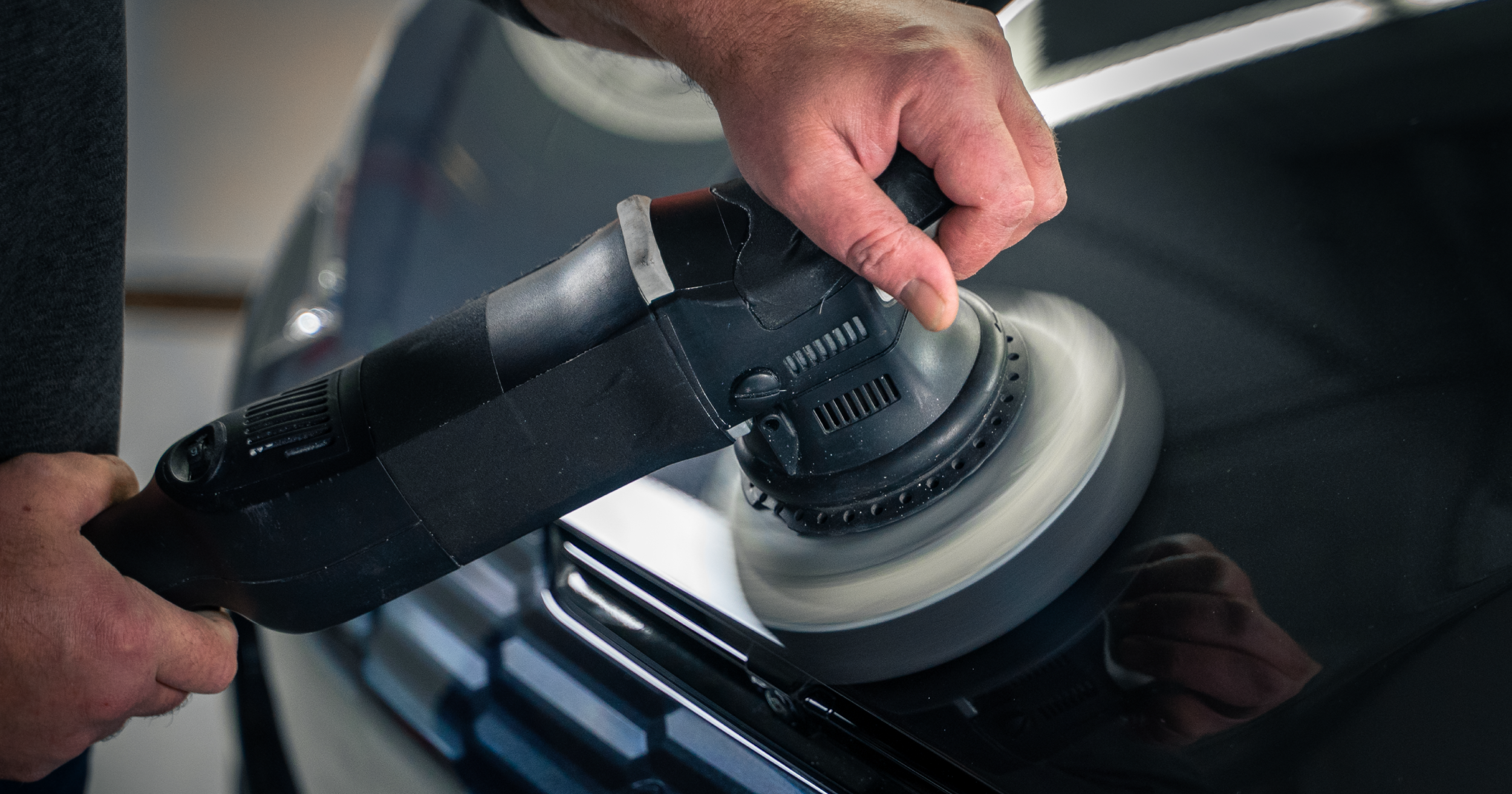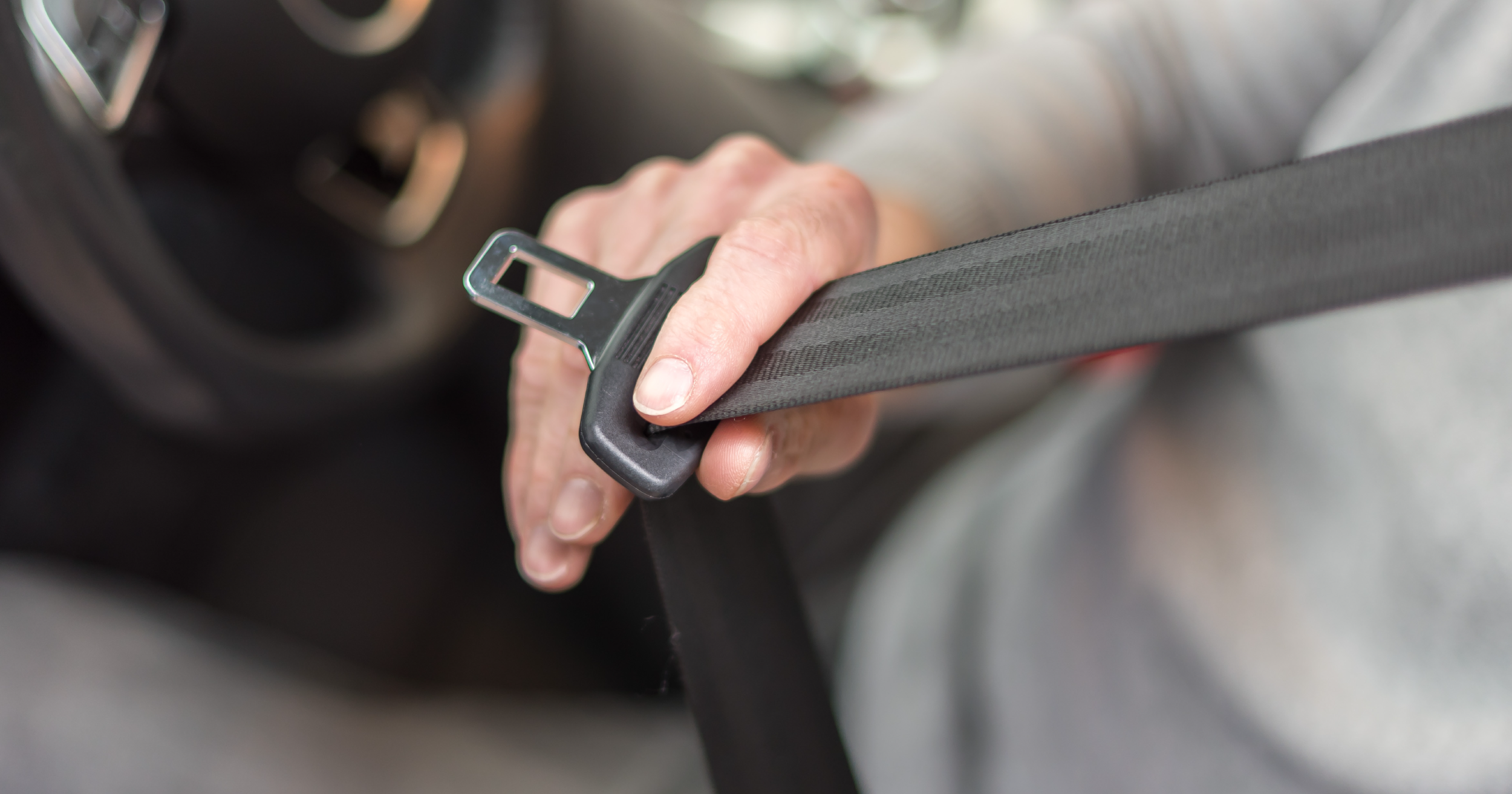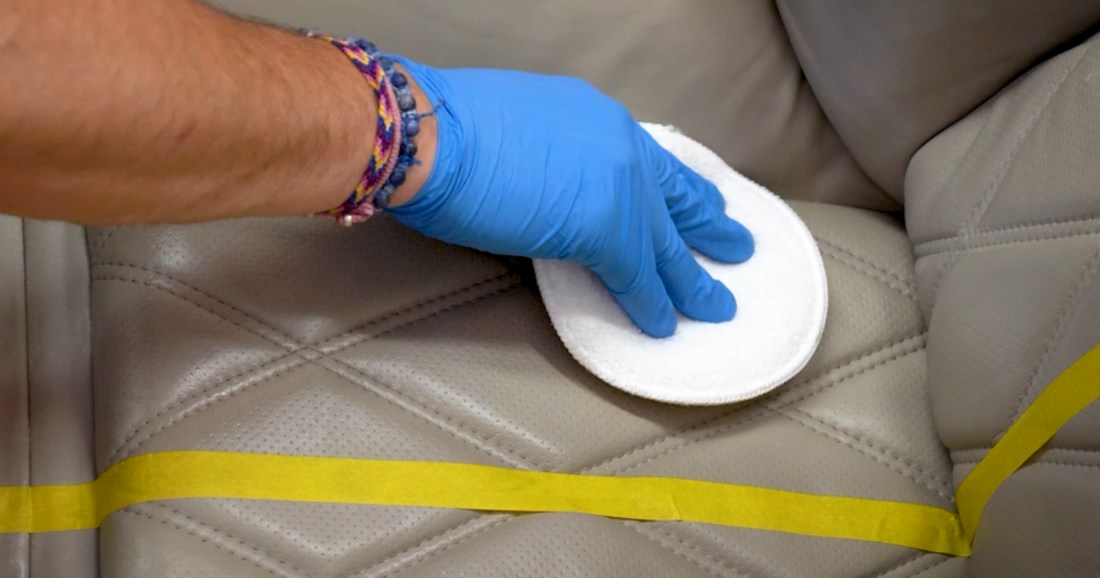The Ultimate Guide to Leather Car Seat Care: Products and Methods
Have your automotive leather surfaces become dull, maybe even dry? To prevent flaking and even cracking, you may want to establish a regular leather care routine for your vehicle. Clean, revive, and soften your leather surfaces with the appropriate cleaners, conditioners, and protectants. With high-quality cleaning products and the proper methods, you can DIY the restoration of your car’s leather seats in no time.
Table of Contents
- Preparing Surfaces
- Cleaning
- Conditioning
- Protecting
- Key Takeaways
Prepare Leather Surfaces
Before cleaning your automotive leather, remove any obstacles and large debris. You will also need to vacuum away any free-floating dust, dirt, and other debris with a vacuum cleaner or Shop-Vac. Be sure to hit all the cracks and crevices of your car seats and center console.
Cleaning Leather Surfaces
What are the different types of leather in cars?
Typically, there are three main types of leather used in car interiors: vinyl, coated, and aniline. It is important to know which type of leather you are cleaning to know which chemical solution will be best. Using a cleaner that is incompatible with a certain type of leather can result in lasting damage to the material.
Vinyl is a synthetic leather material (often referred to as “vegan” leather) that is used in most vehicles, today. It is much cheaper to manufacture than coated leather, even though the two are very similar in appearance and feel. Vinyl is often used to upholster areas, such as the middle of seats, armrests, and door panels.
Coated leather is real leather that is pigmented and coated with a synthetic layer to prevent staining. This type of leather is the most popular choice for luxury vehicles for its soft feel. It is typically only applied to areas, like seat bolsters, steering wheels, and dashboards.
Aniline leather is the least likely, out of the three types, to be used in car interiors and is typically only found in older and luxury vehicles. This type of leather is less processed, untreated, uncoated, and is very porous. These factors make aniline leather prone to easy scratching and staining.
What household products can you use to clean leather?
The safe answer is none. Leather is a delicate material. Using the wrong cleaning solution on leather upholstery and surfaces can cause irreversible damage.
Aside from warm water, there is not much around your home that should ever be used on leather that isn’t specifically designed for it. Many household cleaners and detergents are not designed for automotive leather cleaning and should never be used in car care. Some of the household products you should never use to clean automotive leather include:
- baking soda
- white vinegar
- cream of tartar
- lemon juice
- fingernail polish remover
- window cleaner
- hair spray
- disinfectant wipes
- bleach
- petroleum jelly
- dish soap
- rubbing alcohol
What do professionals use to clean leather seats?
Car detailing professionals use premium leather cleaners that are designed for cleaning specific types of leather surfaces used in car interiors. These products are formulated with cleaning agents that will remove grease, grime, and dirt from leather, without compromising the texture or appearance.
We love the high-quality formula of Leather & Plastic Interior Cleaner for its ability to restore leather, plastic, and vinyl surfaces to a like-new appearance. This unique formula penetrates down to the pore level to remove surface contaminants for a film-free finish.
What is the best way to clean leather seats in a car?
Now that you have determined the type of leather you are cleaning and the cleaner that you will need to use, there are a couple of steps that should always be factored into your cleaning procedure.
First, always read the entire label of any given leather cleaning solution to confirm compatibility, review application instructions, and see what proper protective equipment is necessary. For instance, if a product should be sprayed directly onto the leather versus sprayed onto a microfiber cloth for application, you will want to follow those specifications.
Next, test your cleaner for colorfastness, especially if this is the first time you are using it on a particular surface. Colorfastness is a material’s ability to resist discoloration. Follow the cleaner application instructions in testing it in a small, obscure spot with a microfiber towel. If color transfers to the towel or the texture of the material changes, do not continue to use that cleaner on that surface.
If you are cleaning multiple types of leather surfaces in your vehicle, be sure to test your cleaner on all of them. If your cleaner passes the colorfastness test, move on to full application and cleaning. Again, read through all application and safety instructions, first. Follow all instructions exactly to reach your desired cleaning results.
What are the dangers of not cleaning your leather seats?
It is essential to clean leather car seats to keep them looking newer for longer. Removing bacteria and other contamination will help you maintain the quality and the appearance of the material. If you intend to condition and protect your leather surfaces, cleaning is a step that must take place beforehand and should not be skipped. To keep these surfaces looking and feeling their best, we recommend cleaning them every three to six months.
Conditioning Leather Surfaces
How do you make leather car seats look new?
To keep leather car seats looking new, you need to do more than clean them every few months. Leather contains natural oils that can leave the material, over time, leading to drying and cracking. Leather conditioners can prevent cracks and tears by keeping the material supple. Automotive leather surfaces should be conditioned any time they are cleaned to restore and maintain the texture.
Vinyl does not need to be conditioned, as it doesn’t contain any natural oils. Therefore, the texture of vinyl surfaces will hold up without conditioning. Similarly, new coated leather does not need to be conditioned, at first. The coating protects the leather and helps it maintain its soft texture for some time. About three years after being produced, the pores of coated leather will begin to open up and will require conditioning.
Products to Condition Your Leather Seats
Leather surfaces can be fragile. You should trust in the products you use to maintain them. A good, quality leather conditioner should restore the original feel of tired or hardened leather, without leaving behind any greasy residue.
This is why we love our Leather Conditioner. It revives worn leather, in addition to removing soil, in one easy step. This VOC-compliant solution is equipped with natural moisturizers and is safe to use on any color of leather. It is designed to restore and maintain aged and new aniline leather, making it the best leather conditioner for vintage and luxury vehicles.
Protecting Leather Surfaces
It is also beneficial to add an extra layer of protection to your automotive leather surfaces. Leather is subject to everyday wear and tear, in addition to damage from sun exposure. Every three months, or so, re-apply a leather protectant that will act as a barrier against this potential damage.
All types of leather (synthetic and natural) can benefit from added protection, as UV rays and stains can wreak havoc on all variations of these surfaces. Even less-porous coated leather, in the first few years after production, can use protection against liquids and jean-dye transfer. Where aniline leather is concerned, protection is crucial. At a minimum, waterproofing these uncoated leather surfaces is essential to maintaining their condition.
To clean and protect leather and vinyl surfaces at the same time, try EPIC®️ Leather Coat Interior Protective Creme. This unique formula forms a barrier that prevents staining, color transfer, and UV damage. It is ideal for protection against oil and water-based stains from things like ball-point pen ink, ketchup, wine, and more.
Key Takeaways: Type and Age are Critical Factors in Proper Leather Care
The key to maintaining the feel and appearance of your automotive leather surfaces and car seats is understanding the type of leather and knowing which chemical solutions are best for each. Prevent staining, drying, and other damage to your leather and vinyl, with routine and proper cleaning, conditioning, and protection.




